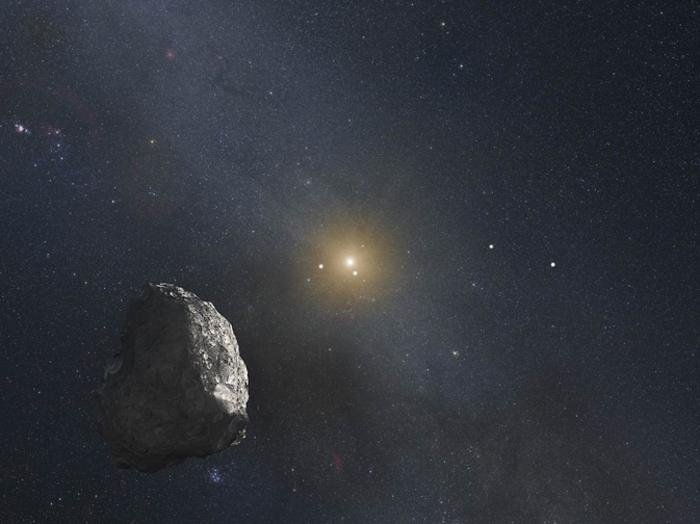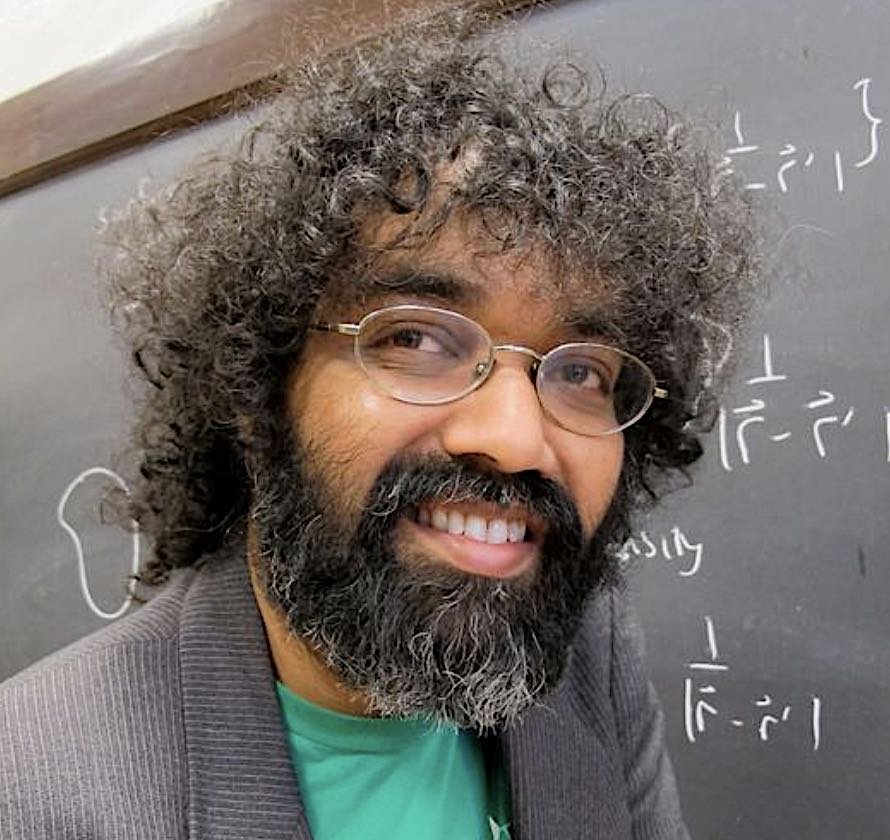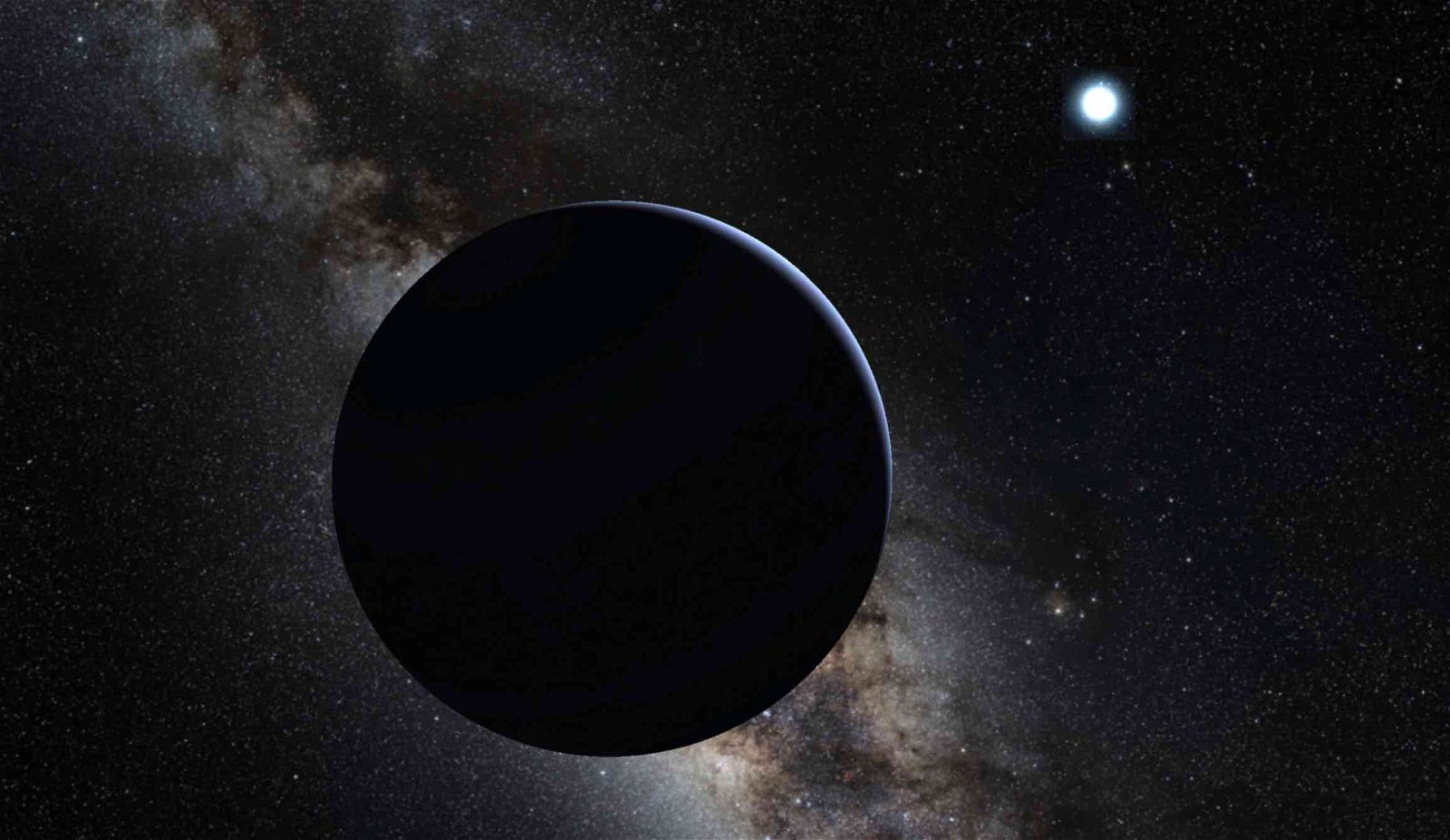For years, astronomers have been aware of unusual, eccentric behavior by dwarf planets, comets, and other celestial bodies, observations that have led many scientists on a quest to determine whether evidence exists for a ninth planet—and potentially a large one—that may be lurking unseen in the farthest reaches of our solar system.
The gravitational influence of such a large, hidden planet somewhere far beyond the orbit of Neptune could explain such oddities as the clustering of orbits and high perihelia of certain celestial objects, whose behavior seemingly points to another significant source of gravity in our solar system.
While the search for a hypothetical ninth planet remains underway, in recent years, several independent studies have pushed back on the idea, suggesting that observational artifacts, rather than evidence of gravitational shepherding by an unseen planetary giant hiding on the periphery of our planetary neighborhood, could account for such a phenomenon.


Now, a new interpretation of these observations has been proposed by a pair of theoretical physicists, who think that while gravity may be involved, it has nothing to do with the presence of a ninth planet. Instead, it points to a controversial theory that may require modifications to our accepted views about the universe’s most misunderstood attractant force.
Modified Newtonian Dynamics (MOND) is an alternative hypothesis that calls for modifications to our accepted understanding of Newton’s law of universal gravitation to rectify anomalous properties observed in galaxies and other celestial objects. The hypothesis, first proposed four decades ago by theoretical physicist Mordehai Milgrom, similarly offers alternative interpretations about current cosmological theories involving dark matter and has gained traction among a growing number of scientists in recent years.
The influence the Milky Way might have on objects in the outer solar system under MOND had also been on the minds of Katherine Brown, an associate professor of physics at Hamilton College, and Harsh Mathur, a professor of physics at Case Western Reserve University, who recently argued that MOND could be the solution to the strange behavior observed in distant celestial objects, as opposed to the presence of a ninth planet.


“MOND is really good at explaining galactic-scale observations,” Mathur said in a recent statement, although he acknowledges that he and Brown hadn’t expected it would have noticeable effects on objects in the furthest regions of the solar system.
Observations by astronomers in recent years, namely the announcement in 2016 that several objects in the outer solar system appeared to display anomalous orbital characteristics that could point to the existence of a ninth planet, had been among the factors that had interested Mathur and Brown. The pair had also been aware of past discoveries that were made based on the study of unusual orbital behavior of celestial objects, not least of which had been the discovery of Neptune, which was first detected by the gravitational influence it exerts on nearby objects.
However, if a similar large planet were still lurking hidden someplace beyond Neptune, Mathur and Brown wanted first to see how MOND’s predictions might—or might not—fit into the equation.
“We wanted to see if the data that support the Planet Nine hypothesis would effectively rule out MOND,” Brown said in a statement.
However, rather than ruling out MOND, the pair found that the controversial hypothesis seemed to offer very precise predictions regarding the clustering and other eccentric phenomena that have intrigued astronomers for so long. Namely, the orbits of several objects further out in our solar system would, according to MOND, be gradually pulled into alignment with not any nearby hidden planets but instead the gravitational field of the galaxy itself.
Mathur and Brown said they found compelling confirmation for this by plotting the orbits of objects that currently comprise the existing ninth planet dataset against the gravitational field of the galaxy.


“The alignment was striking,” Mathur said.
While there is work yet to be done, Mathur and Brown acknowledge the potential for observational biases, noting that their own findings are based primarily on a small dataset.
Still, the pair’s observations do appear to complement a growing number of similar discoveries that are causing researchers to question whether our current understanding of gravity may be worth questioning after all.
Brown and Mathur detail their findings in a new paper, “Modified Newtonian Dynamics as an Alternative to the Planet Nine Hypothesis,” which recently appeared in The Astrophysical Journal.
Micah Hanks is the Editor-in-Chief and Co-Founder of The Debrief. He can be reached by email at micah@thedebrief.org. Follow his work at micahhanks.com and on Twitter: @MicahHanks.

